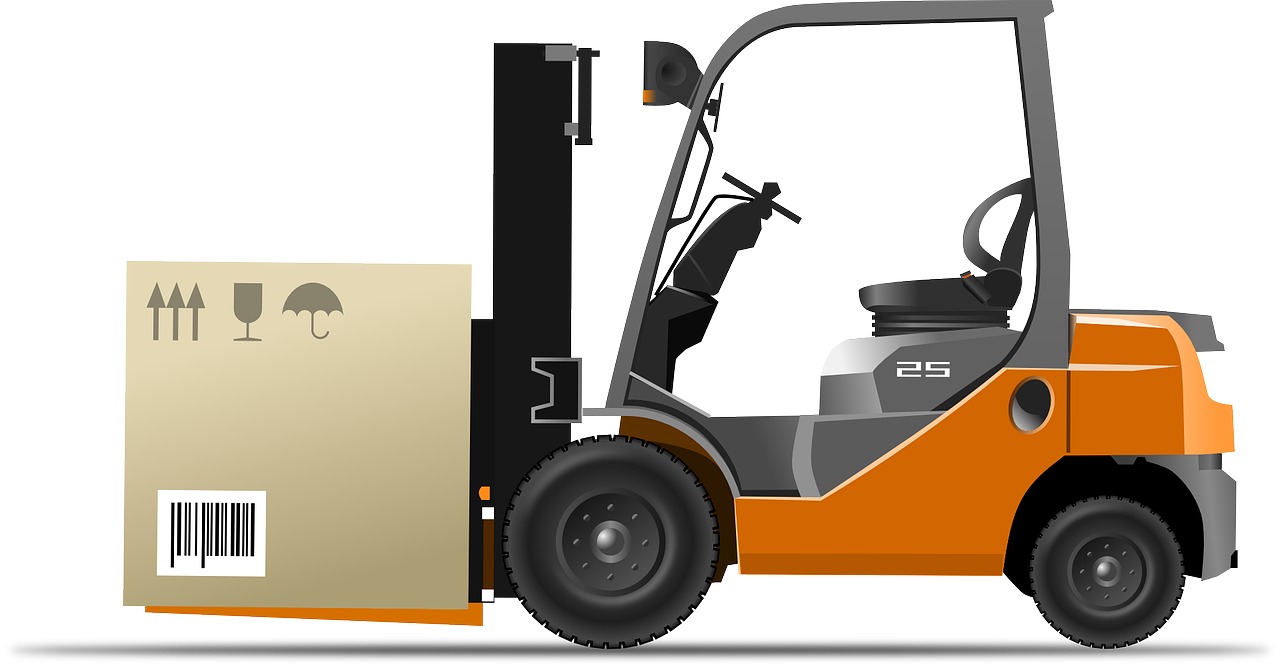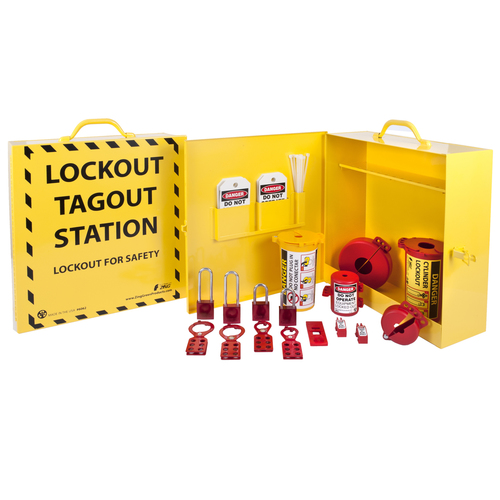When to Use a Circuit Breaker Lockout: Ensuring Electrical Safety in the Workplace
Posted by on
Electricity is a powerful and essential source of energy in many workplaces. However, working with electrical equipment can also pose significant risks if proper safety measures are not followed. One critical safety practice is the use of circuit breaker lockouts, which are designed to prevent accidental energization of electrical circuits during maintenance or repair work. In this blog post, we will discuss when to use a circuit breaker lockout to ensure electrical safety in the workplace.
What is a Circuit Breaker Lockout?
A circuit breaker lockout is a device that is used to secure a circuit breaker in the OFF position, preventing it from being accidentally turned ON while maintenance or repair work is being performed on electrical equipment. Circuit breaker lockouts typically consist of a lockout device that is applied to the circuit breaker handle, along with a lock or tag that indicates the circuit breaker is locked out and should not be operated.
When to Use a Circuit Breaker Lockout?
- During Maintenance or Repair Work: Circuit breaker lockouts should be used whenever maintenance or repair work is being performed on electrical equipment that requires de-energizing the circuit. This can include tasks such as replacing or repairing electrical components, conducting inspections or testing, or performing any work that requires accessing the inside of electrical panels or cabinets. Using circuit breaker lockouts during these tasks helps to prevent accidental energization of the circuit and protects workers from electrical hazards.
- When Performing Electrical Installations or Modifications: Circuit breaker lockouts should also be used when performing electrical installations or modifications, such as adding or modifying electrical circuits, connecting or disconnecting electrical equipment, or making changes to electrical systems. Locking out the appropriate circuit breaker ensures that the circuit remains de-energized during these activities, preventing potential electrical accidents.
- When Performing Troubleshooting or Diagnostics: Troubleshooting or diagnostics work on electrical equipment may involve working on live circuits, but circuit breaker lockouts should be used whenever possible to ensure safety. If it is not feasible to lock out a circuit breaker due to operational requirements, alternative safety measures such as personal protective equipment (PPE) and safe work practices should be implemented in addition to regular risk assessments.
- When Working on Shared Electrical Systems: In workplaces where multiple workers or contractors may be working on shared electrical systems, circuit breaker lockouts should be used to prevent unauthorized or accidental operation of circuit breakers. Each worker or contractor should apply their own lockout device, and the keys or tags should be kept securely in the possession of the authorized personnel to ensure that only authorized personnel can remove the lockout devices.
- When Following Lockout/Tagout Procedures: Circuit breaker lockouts are an essential component of lockout/tagout (LOTO) procedures, which are industry-standard practices for ensuring the safety of workers performing maintenance or repair work on electrical equipment. LOTO procedures involve de-energizing and locking out energy sources to prevent the accidental release of hazardous energy, and circuit breaker lockouts are commonly used as part of these procedures to secure electrical circuits.
In conclusion, circuit breaker lockouts are critical tools for ensuring electrical safety in the workplace. They should be used during maintenance or repair work, electrical installations or modifications, troubleshooting or diagnostics, when working on shared electrical systems, and when following lockout/tagout procedures. Proper training, implementation of lockout/tagout procedures, and regular risk assessments are crucial for ensuring the safe use of circuit breaker lockouts and protecting workers from electrical hazards. Remember, electrical safety is paramount, and using circuit breaker lockouts is a key practice in preventing electrical accidents in the workplace.

Forklift Safety Guide
According the National Safety Council, forklifts cause nearly 40,000 injuries per year and 100 fatalities. In addition, millions of dollars are spent on property damage resulting from improper use of lift trucks. Potential hazards include tipping, falling, crushing or striking, falling loads, and driving off loading docks. Most fatalities occur when forklifts tip.TYPES OF LIFT TRUCKSLift trucks are categorized by [...]

Lockout Device Buying Guide
Buying lockout devices can be a stressful process. You want to be sure that:all potential energy hazards in your workplace are accounted for.workers are protected with high-quality, reliable devices.workers are comfortable using the devices supplied to them.This guide will help make your decision easier. We will cover:Identifying energy sourcesTypes of devicesGeneral lockout requirementsTypes of EnergyThe first step is to make [...]
 Loading... Please wait...
Loading... Please wait...
